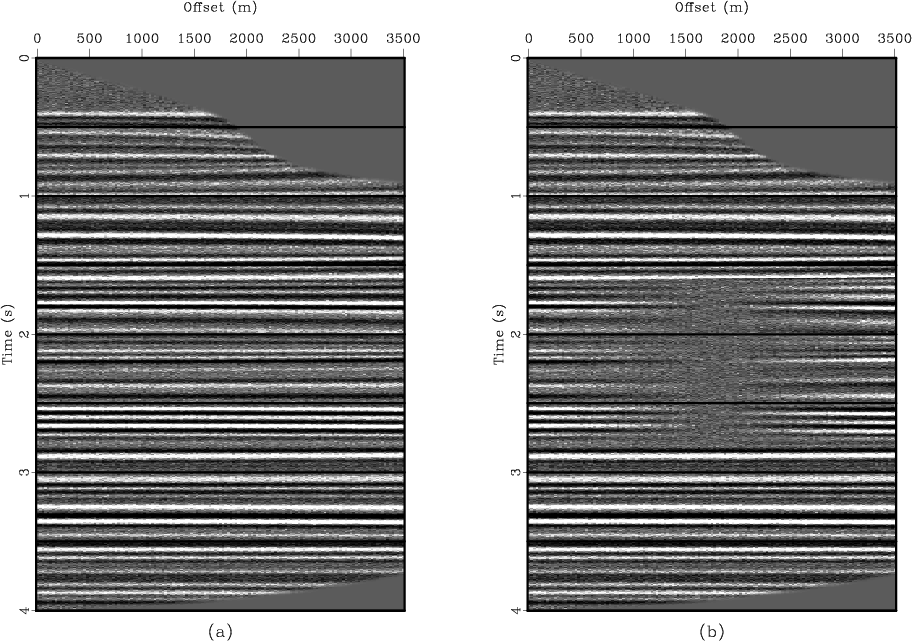In Top Ten Reasons To Not Share Your Code (and why you should anyway) published by SIAM News, Randy LeVeque, Professor of Applied Mathematics from the University of Washington, elegantly destroys common excuses computational scientists and applied mathematicians come up with when they refuse to share their software codes.
Today, most mathematicians find the idea of publishing a theorem without its proof laughable, even though many great mathematicians of the past apparently found it quite natural. Mathematics has since matured in healthy ways, and it seems inevitable that computational mathematics will follow a similar path, no matter how inconvenient it may seem. I sense growing concern among young people in particular about the way we’ve been doing things and the difficulty of understanding or building on earlier work […] We can all help our field mature by making the effort to share the code that supports our research.

As if to illustrate LeVeque’s point, major news outlets report on a story about a reproducibility error (Excel bug) discovered in the famous politically-influential paper by economists Reinhart and Rogoff:
- Reinhart, Rogoff… and Herndon: The student who caught out the profs (BBS News)
- How much unemployment did Reinhart and Rogoff’s arithmetic mistake cause? (Guardian)
- Is the evidence for austerity based on an Excel spreadsheet error? (Washington Post)
The validity of the Reinhart-Rogoff assertion “once debt exceeds 90 percent of GDP, economic growth drops off sharply” continues to be debated by economists, but it is clear now that their data were flawed and that the error would have been discovered much easier if the publication had followed the reproducible-research discipline.






